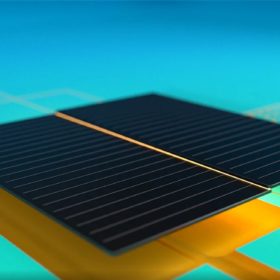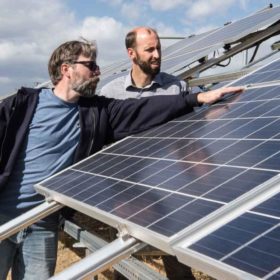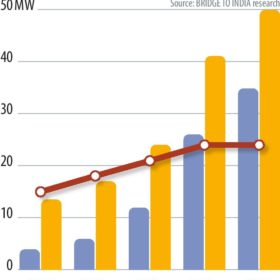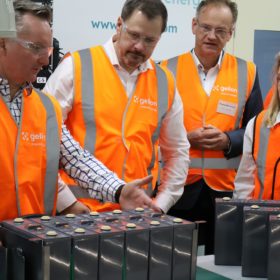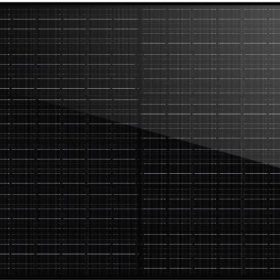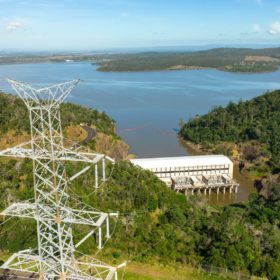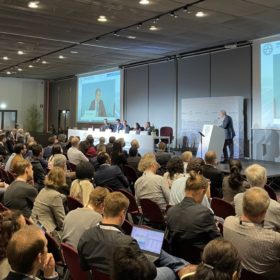REC plans Australian launch of latest module at All-Energy expo
Solar PV module manufacturer REC Group’s “most innovative panel to date” will make its Australian debut at the All-Energy Australia exhibition and conference in Melbourne later this month.
Queensland to leverage position as public customer to ignite renewables manufacturing sector
The Queensland government is looking to jumpstart a local renewable energy equipment manufacturing sector, today calling on electrical manufacturing businesses to register their interest in supplying the thousands of batteries, wind turbines, solar panels, and kilometres of transmission lines the state says it will need to enact its $62 billion energy transformation plan.
How long do rooftop residential solar panels last?
Multiple factors affect the productive lifespan of a residential solar panel. In the first part of this series, we look at the solar panels themselves.
Indian player reveals expansion plans, including manufacturing solar cells, electrolysers
India’s Jakson Green will expand its solar module and cell manufacturing capacity to 2 GW by the end of 2024, CEO Bikesh Ogra told pv magazine this week at the Renewable Energy India Expo 2022. He said the company also has aggressive plans for green hydrogen and ammonia, with a specific focus on distributed generation.
Weekend read: strong prospects to ‘Make in India’
India’s renewable energy sector, having so far focused almost solely on adding more generation capacity with ever lower tariffs, is undergoing a drastic change, as policy pivots toward domestic manufacturing. Vinay Rustagi, managing director of Bridge to India, looks at how the border conflict with China and endless supply side disruptions in the wake of Covid-19 have together strengthened the Indian government’s resolve to support the establishment of a more localised supply chain.
Gelion unveils battery manufacturing facility in Sydney
Australia’s first zinc-bromide battery production line has commenced operations with Gelion Technologies launching a manufacturing facility in Western Sydney capable of producing 2 MWh of batteries annually.
Longi announces new 415 W solar panel for residential, commercial applications
Longi unveiled a new 54-cell module at RE+ Anaheim last week, with outputs ranging up to 415 W, and an efficiency rating of 21.3%.
Queensland announces ‘biggest pumped hydro scheme in the world’
Queensland Premier Annastacia Palaszczuk has launched a $62 billion energy and jobs plan, which includes the biggest pumped hydro scheme in the world. The government is also planning to convert publicly owned coal-fired power stations into clean energy hubs from 2027.
H2X launches long-awaited Warrego hydrogen powered ute
Australian startup H2X is finally launching its fuel cell electric vehicle (FCEV) Warrego Ute announced last year. The vehicle is currently undergoing final validation and verification with the company saying it expects to have the model on the market within nine months.
‘The first terawatt of solar PV installed globally took some 70 years to achieve, while the second will likely take only three’
Leading solar researchers from around the world are meeting for the first time in four years in Milan, Italy, for the 8th World Conference on Photovoltaic Energy Conversion (WCPEC-8). The first morning has seen prestigious awards bestowed on two scientific leaders and inspirational discussions as to how the “second terawatt” of solar can be installed globally in just a handful of years.
